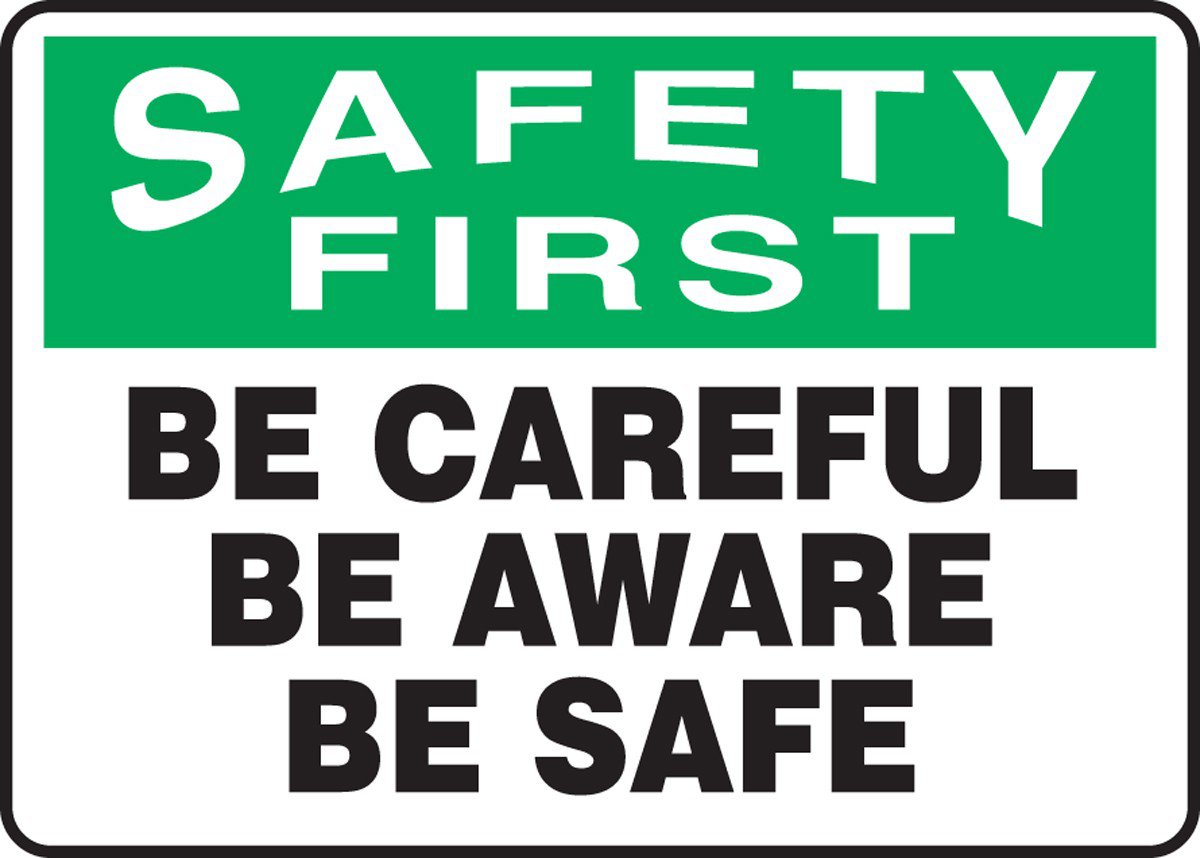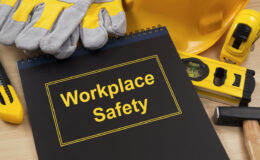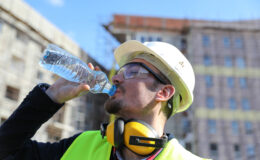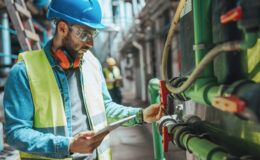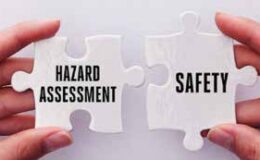By Ruth Kiefer, MSc, ARM Loss Control Manager
As the economy is slowly rebounding and we are adding newer equipment to our production floors, you must ensure that you are taking a closer look at the machine guarding prior to the production phase. During my recent MIOSHA Level 1 Training class, I learned a very important point with regards to guarding equipment; if you have two pieces of equipment that perform the same job, the old one must be guarded equal to or better than the new piece of equipment. If it is not, then the violation for machine guarding becomes a SERIOUS and WILLFUL offense.
It is always wise to perform a safety hazard analysis when installing new equipment, this is a fancy name, but can literally take only 20 to 30 minutes to complete. The time invested is well worth the cost savings if an injury were to occur. The objective of the assessment is to ensure that the operator cannot reach in, under, around, or through to the point of operation or pinch points of a piece of equipment. This assessment is a 360-degree view of the machine and not just the front. Once this has been completed, and you find deficiencies in your guarding, you can use one of two standard types of guarding used to protect machine operators. These are fixed guards and interlocking and gate guards. Fixed guards are most commonly used and are preferred over others, the obvious reason being that the fixed guards protect you from dangerous parts of machines at all times. Authorized persons are the only persons allowed to adjust fixed guards. Interlocking guards are used if a fixed guard is not practical. This type will not allow the machine to operate until dangerous parts are guarded. The interlocking guard is designed to disconnect the source of power from the machine.
Safety devices such as pullbacks, sweeps and electronic devices are used where neither a fixed nor interlocking guard can be used satisfactorily. Remember, the machine itself operates safety devices, not the operator. When this type of guard is used on a machine that is loaded and unloaded by hand, the operator must use hand tools.
Once the older and sometimes even the newer machines are brought up to MIOSHA safety standards, production can safely begin. If you need assistance in assessing your equipment to ensure that it is compliant, please contact your loss control consultant for a consultation. We would much rather come to inspect your equipment prior to an injury than after.

